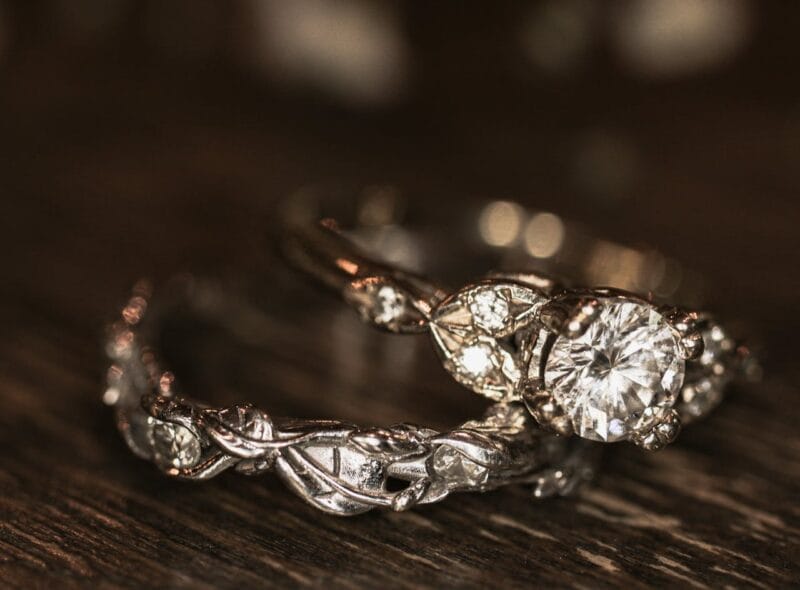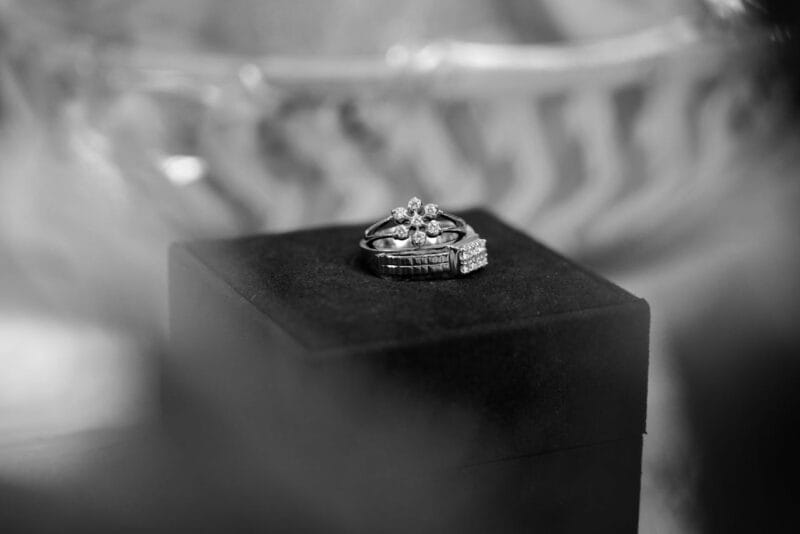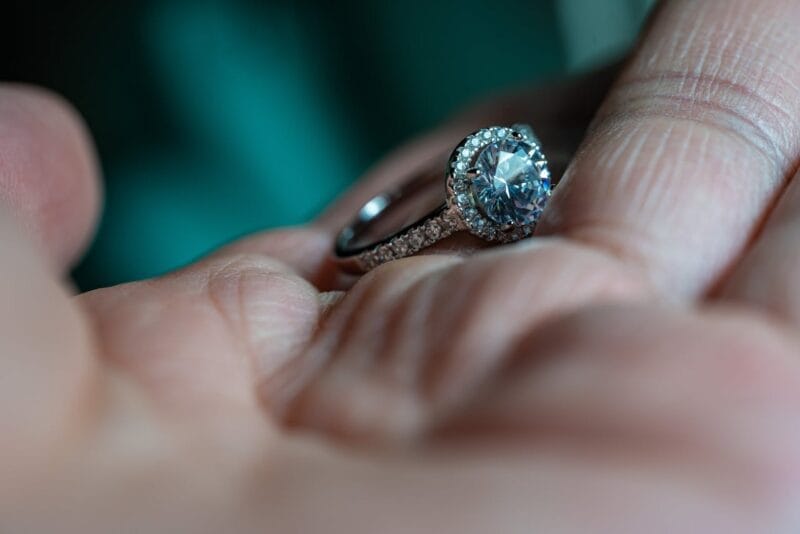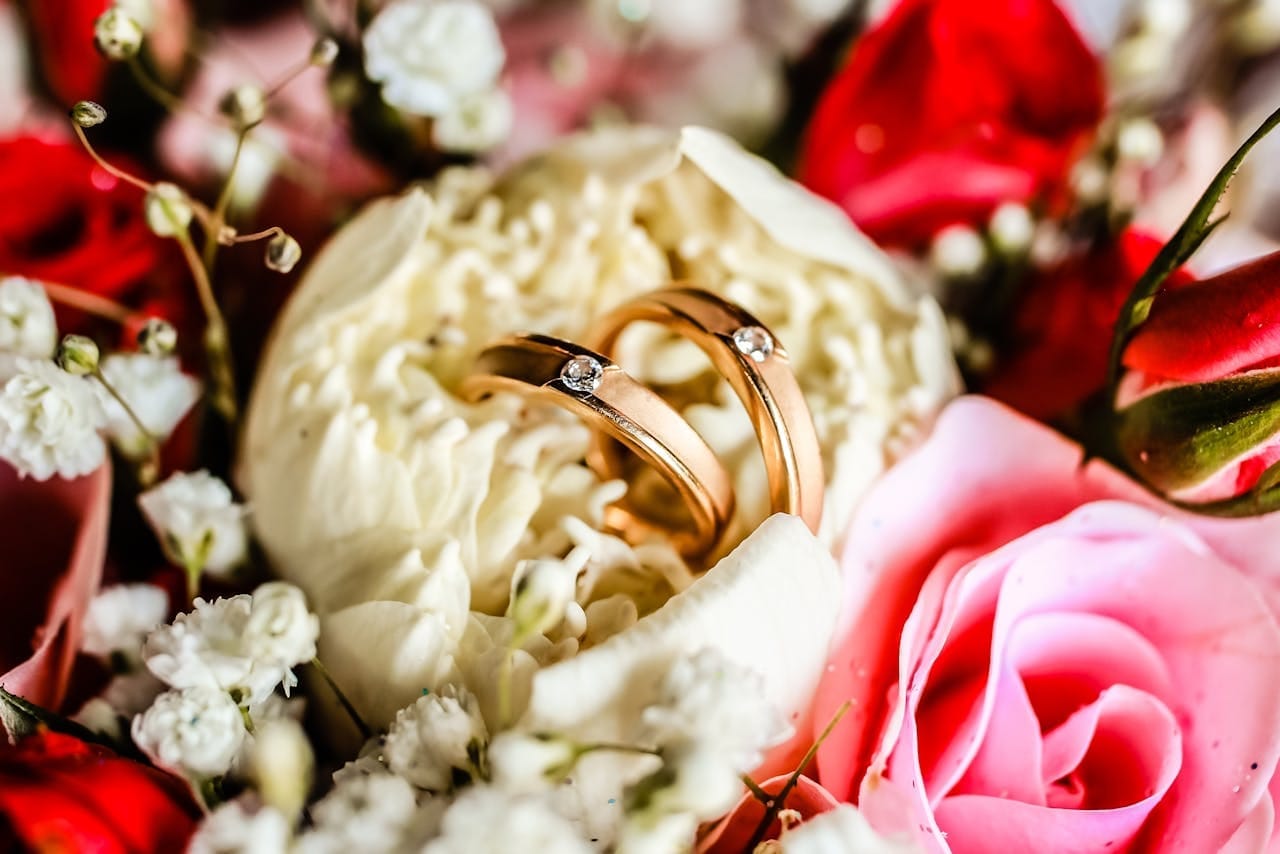Wedding Ring Culture Disregards Romance and Increases Divorce Rates A Complete Guide
Wedding rings are often seen as a symbol of eternal love and commitment, a timeless gesture exchanged between partners to signify their bond. However, beneath this seemingly romantic tradition lies a deeper issue: wedding ring culture can sometimes overshadow genuine love and contribute to rising divorce rates. While the exchange of wedding rings is a cherished custom in many cultures, it often fails to foster real emotional connection and commitment, which are essential for a lasting marriage. This article delves into how wedding ring culture may inadvertently disregard romance and increase the likelihood of divorce, exploring key points in a structured and scannable format.
Table of Contents
Introduction: The Symbolism Behind the Wedding Ring
The wedding ring has long been a symbol of love, faithfulness, and commitment. It represents the vows taken during a marriage ceremony, serving as a physical reminder of the bond between two people. The tradition of wearing a wedding ring dates back centuries, with varying customs and styles depending on culture, religion, and personal preference.
Despite its strong symbolism, wedding rings may not always be the best reflection of a healthy and lasting marriage. Instead, wedding ring culture can sometimes lead to misunderstandings about what truly sustains a relationship.
How Wedding Ring Culture Often Disregards Romance
While wedding rings are deeply ingrained in many societies, they can become a symbol of routine rather than genuine emotional connection. Let’s examine some ways in which wedding ring culture disregards the romantic aspects of marriage:
2.1 Focus on Tradition Over Emotional Connection
Wedding rings are often seen as a tradition that must be followed, but tradition itself does not guarantee the emotional depth of a relationship. Many couples focus on the grand wedding ceremony, the perfect ring, and the social expectations surrounding these traditions rather than focusing on building a loving, emotionally fulfilling relationship.
Expectation of Perfection: Couples may become more invested in creating an ideal image of their relationship through the wedding ring, than in nurturing real love.
Performance of Commitment: The exchange of rings can sometimes feel like a performance, where the act of wearing the ring becomes more important than the emotions or actions that truly sustain a marriage.

This shift in focus from emotional connection to societal expectations around the wedding ring can cause couples to overlook deeper issues within the relationship.
2.2 Financial Pressure and Materialism
The financial burden that accompanies the tradition of buying wedding rings can exacerbate marital stress, potentially setting the stage for dissatisfaction and divorce. The cultural emphasis on purchasing expensive rings can overshadow the more meaningful aspects of marriage.
High Expectations: Society’s pressure to buy a large, expensive engagement ring or wedding band can lead to financial strain.
Materialism Over Meaning: The value placed on the cost of the ring, rather than the emotional significance, can cause partners to prioritize material wealth over emotional growth.
Financial pressure can create resentment in marriages, and couples may find themselves struggling to make ends meet, leading to emotional disconnect.
2.3 The “Ring as a Marker” Mentality
Wedding rings are often viewed as markers of ownership or as symbols of social status. This can diminish the romantic significance of the gesture, reducing it to a mere accessory or societal obligation.
Possession Over Partnership: In some cultures, the wedding ring is seen as a symbol of possession rather than partnership, which can breed unhealthy attitudes toward relationships.
Social Pressure: The need to “fit in” with societal expectations of wearing a wedding ring may result in couples prioritizing appearance over genuine emotional connections.
This mindset can erode the romantic aspects of a marriage, as it shifts the focus from love to external validation.
The Role of Wedding Rings in Divorce Rates
Although wedding rings are intended to symbolize commitment, there are indirect ways they may contribute to rising divorce rates. Let’s explore the relationship between wedding ring culture and marital instability:
3.1 Rising Expectations and Unrealistic Standards
As wedding rings and marriage become more commercialized, expectations surrounding these symbols have also risen. The wedding industry, with its emphasis on grand gestures and lavish ceremonies, can create unrealistic ideals about what a successful marriage should look like.
Overemphasis on Material Demonstrations: With the ring as a symbol of status, there is often an overemphasis on grandiose gestures rather than the quiet work of relationship-building.
Dissatisfaction and Unrealistic Expectations: When the wedding ring fails to live up to the lofty standards set by social media, movies, and celebrity culture, individuals may feel disappointed and disillusioned with their marriage, contributing to divorce.

Couples may find themselves in a cycle of discontent, where the outward appearance of the relationship does not align with the internal emotional realities.
3.2 The Emotional Disconnect Created by Materialism
When the wedding ring becomes a symbol of material success rather than emotional intimacy, it can create an emotional disconnect between partners. This detachment can lead to a decline in the quality of the relationship, as individuals may become more focused on outward appearances than on cultivating love and affection.
Lack of Emotional Depth: Focusing on material items can shift attention away from what truly matters in a relationship, such as communication, empathy, and mutual support.
Emotional Alienation: The commercialization of love through wedding rings can alienate couples from the true meaning of commitment and partnership.
A marriage that is built on material symbols like wedding rings without a strong emotional foundation is more likely to experience breakdowns and divorce.
Case Studies and Real-Life Examples
To illustrate the impact of wedding ring culture on marriages, consider the following case studies:
Case Study 1: Emily and Jason
Emily and Jason spent months planning their wedding and selecting the perfect rings. While the ceremony was a grand success, they quickly realized that the material significance of the rings did not translate to a strong emotional connection. Within a few years, their focus on maintaining an image of a perfect marriage led to growing emotional distance, culminating in divorce.
Case Study 2: Maria and Carlos
Maria and Carlos decided to skip the extravagant wedding and focus on building a partnership based on love and trust. They exchanged simple, affordable rings that symbolized their commitment to one another. Their marriage remained strong because they prioritized emotional intimacy over external validation.
Alternative Approaches to Symbolizing Commitment
Rather than focusing solely on wedding rings, couples can find alternative ways to symbolize their commitment to each other that align more closely with the true essence of their relationship.
5.1 Emotional Intimacy Over Material Signifiers
True commitment is built on trust, communication, and mutual respect—values that are far more significant than any material possession. Couples should focus on:
Building Emotional Connections: Focus on the deep emotional bond you share rather than the symbolism of a ring.
Shared Experiences: Engage in activities that foster intimacy, like travel, hobbies, or volunteering, to strengthen your partnership.
5.2 Relationship Rituals Beyond the Ring
Creating your own rituals and traditions as a couple can help reinforce your commitment in meaningful ways.

Private Vows: Exchange personal vows or love letters to express your commitment in a unique and personal way.
Symbolic Gestures: Instead of a ring, consider other meaningful symbols, such as planting a tree together or exchanging keepsakes that hold personal significance.
These alternatives emphasize the emotional connection rather than material symbols.
FAQs About Wedding Rings and Marriage
Q1: Are wedding rings necessary for a strong marriage?
No, wedding rings are a symbolic gesture. A strong marriage is built on emotional connection, communication, and mutual respect, not on external symbols.
Q2: Do expensive wedding rings increase the likelihood of divorce?
Expensive wedding rings can contribute to financial strain, which may increase stress and lead to relationship issues. However, the true cause of divorce lies in communication, trust, and emotional connection.
Q3: What are some alternatives to wedding rings?
Alternatives include exchanging personal vows, creating custom rituals, or giving meaningful gifts that symbolize your commitment.
Q4: How can couples avoid focusing too much on the material aspects of marriage?
Couples can prioritize emotional intimacy, shared experiences, and open communication over material symbols, fostering a deeper connection.
Conclusion: Reconsidering Wedding Rings and True Love
Wedding rings, while symbolic, should not overshadow the core aspects of love and commitment in a marriage. The focus on materialism and tradition can sometimes lead to misunderstandings and unrealistic expectations, contributing to emotional distance and higher divorce rates. To cultivate a lasting relationship, couples should prioritize emotional connection, mutual respect, and shared experiences over material symbols.
By rethinking the cultural emphasis on wedding rings and placing greater value on emotional intimacy, couples can create stronger, more meaningful relationships that stand the test of time.

